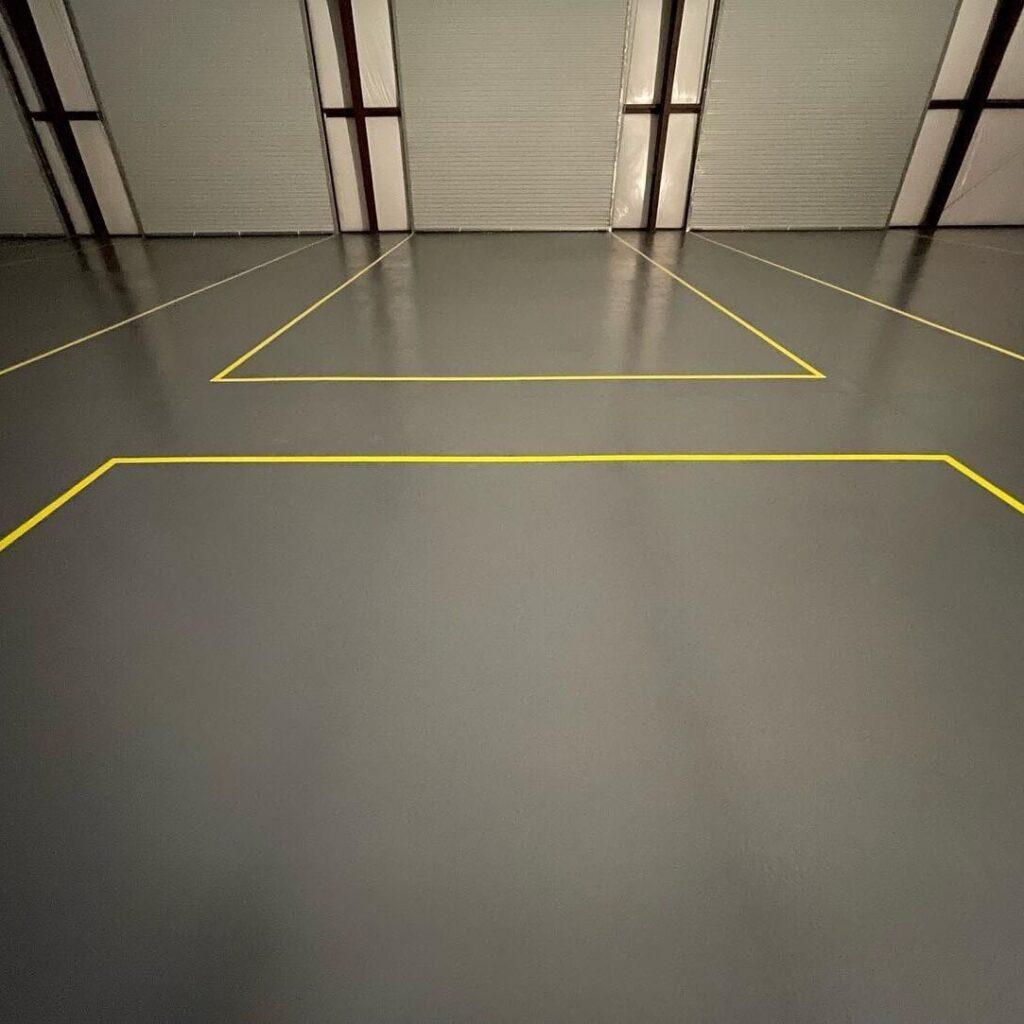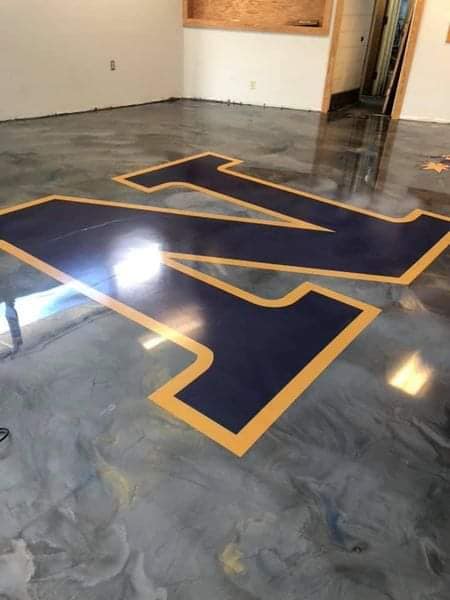
What Are Epoxy Floor Coatings? Epoxy garage floor coatings are like a super-strong paint for floors. They are made from two parts: resins and hardeners. When you mix these two, they turn into a tough, shiny cover for the floor that doesn’t let water or stains through, Finding the best Epoxy garage floor installer is the key to getting the job done right the first time..
How Do They Work? Epoxy garage floor installer have coatings that are made by mixing resins and hardeners. When they get warm, they change into a very hard and strong layer that can protect floors from getting damaged.
Why Are They Good?
- Super Strong: Epoxy garage floor coatings make floors very tough. They can handle lots of walking and heavy things without getting damaged.
- Looks Great: They make floors look shiny and new.
- Stays Clean: They help keep floors clean because dirt can’t get stuck in them.
- Chemical Resistant: They’re good for places like factories because they don’t get ruined by chemicals.
Different Types of Epoxy Coatings:
- Self-Leveling: Makes bumpy floors smooth and pretty.
- Epoxy Mortar: Really tough, used in places with lots of heavy stuff.
- Quartz-Filled: Looks nice and is strong, used in schools and cafes.
- Antistatic: For places where you don’t want static electricity.
- Epoxy Flake: Has colorful flakes in it for a fun look.
Benefits:
- Very Durable: Lasts a long time even with lots of people walking on it.
- Resists Stains: Doesn’t get stained by oil or water.
- Looks Shiny: Makes the place brighter and more attractive.
- Easy to Put On: Doesn’t take too long to install.
- Eco-Friendly: Good for the environment.
- Easy to Clean: Dirt and germs can’t hide on it.
- Long-Lasting: You don’t have to replace it often.

Where Can You Use It?
- Car Repair Shops: Because it can handle oil and chemicals.
- Warehouses: It’s strong enough for heavy machines.
- Hospitals: Keeps things clean and germ-free.
- Stores and Restaurants: You can make it look different ways.
- Home Garages: Easy to clean and looks good.
Before You Start:
- Check the floor for moisture and make sure the place is well-ventilated.
- Make sure the floor is rough enough for the epoxy to stick to it.
How to Choose the Right One: Think about what the floor will be used for and pick the epoxy that fits best. If you’re not sure, ask a professional.
Tools You Need:
- Brushes and rollers for spreading the epoxy.
- Machines to make the floor rough so the epoxy sticks well.
How to Install It:
- Mix the parts correctly and spread them on the floor.
- Make sure it’s not too cold or hot when you do it.
- Let it dry without rushing.
Steps to Install:
- Clean the garage floor and get it ready.
- Fix any cracks.
- Put the first layer of epoxy.
- Add a second layer or a topcoat for extra protection.
Mistakes to Avoid:
- Don’t rush the process.
- Make sure the surface is ready.
- Follow the instructions carefully.
This is a simple way to understand Epoxy garage floor installer’s – they make floors strong, clean, and good-looking!